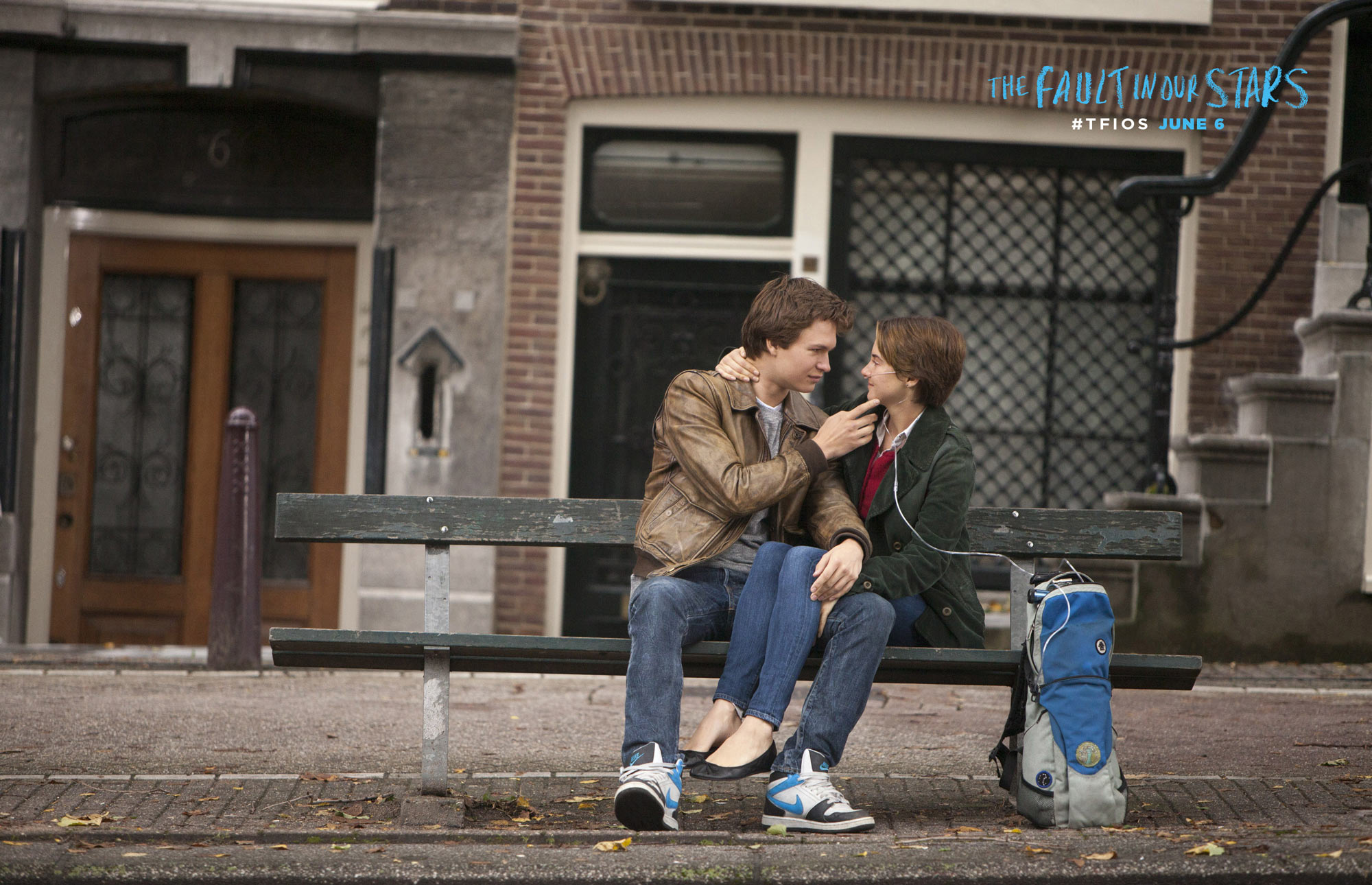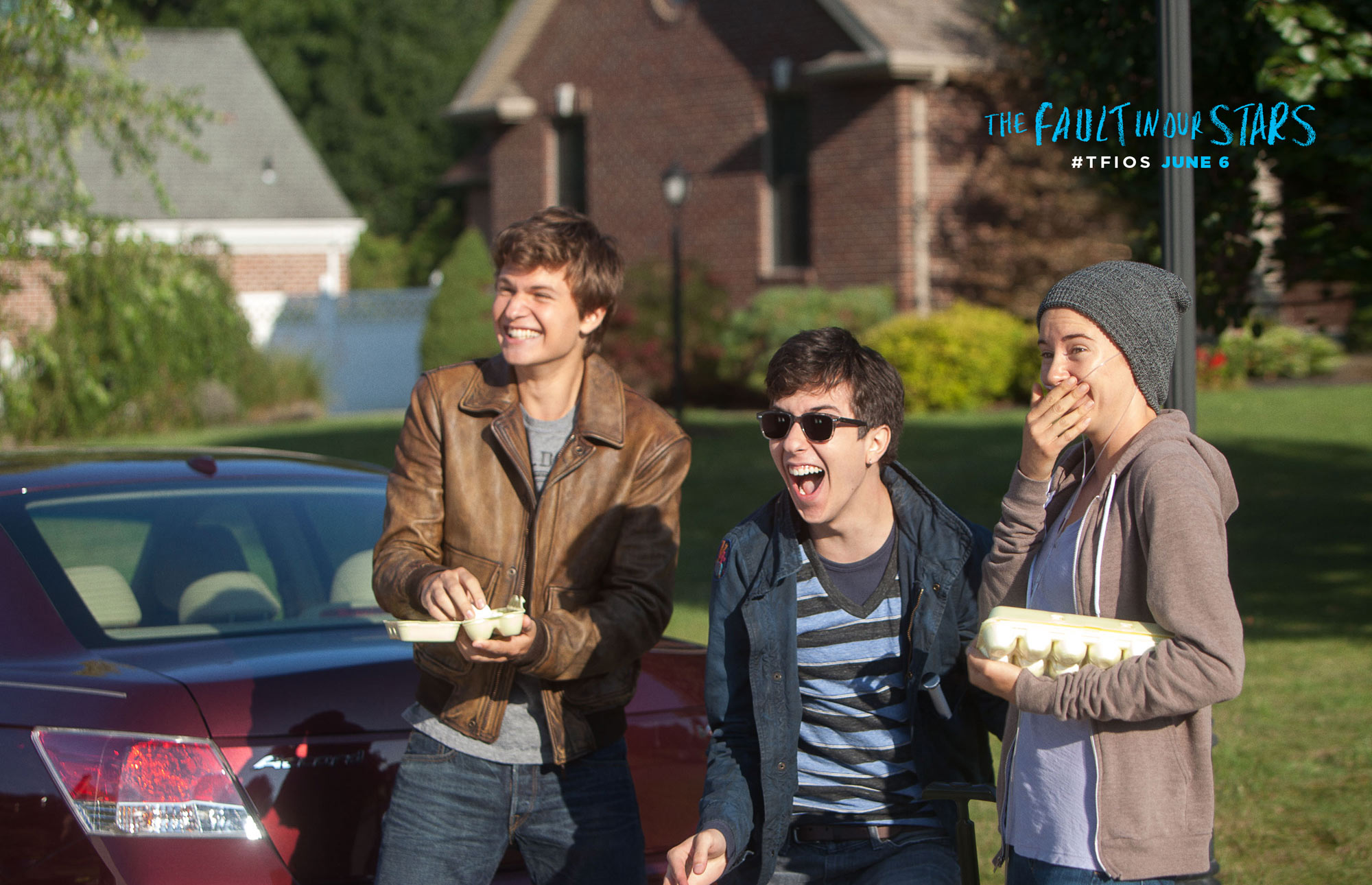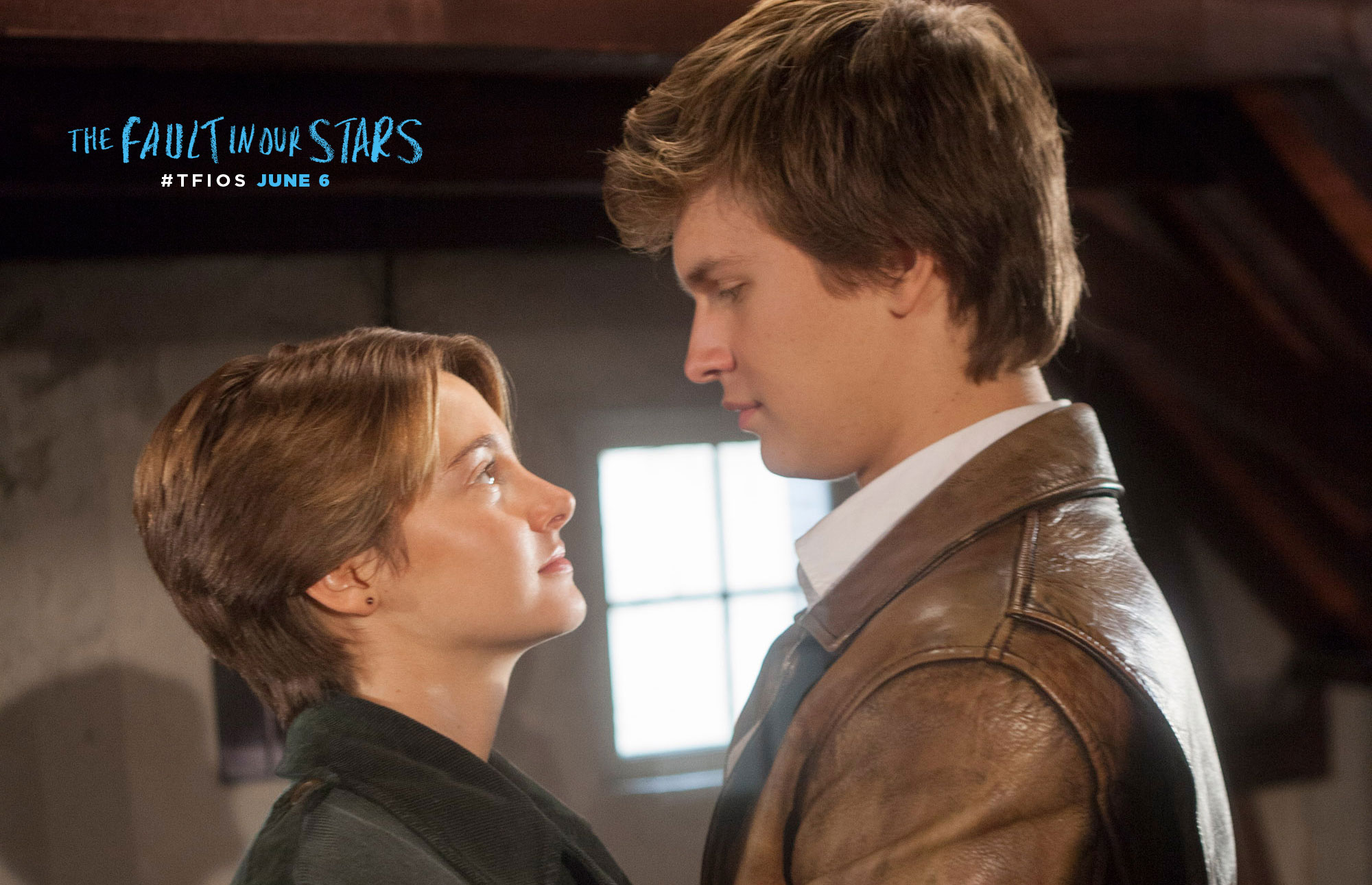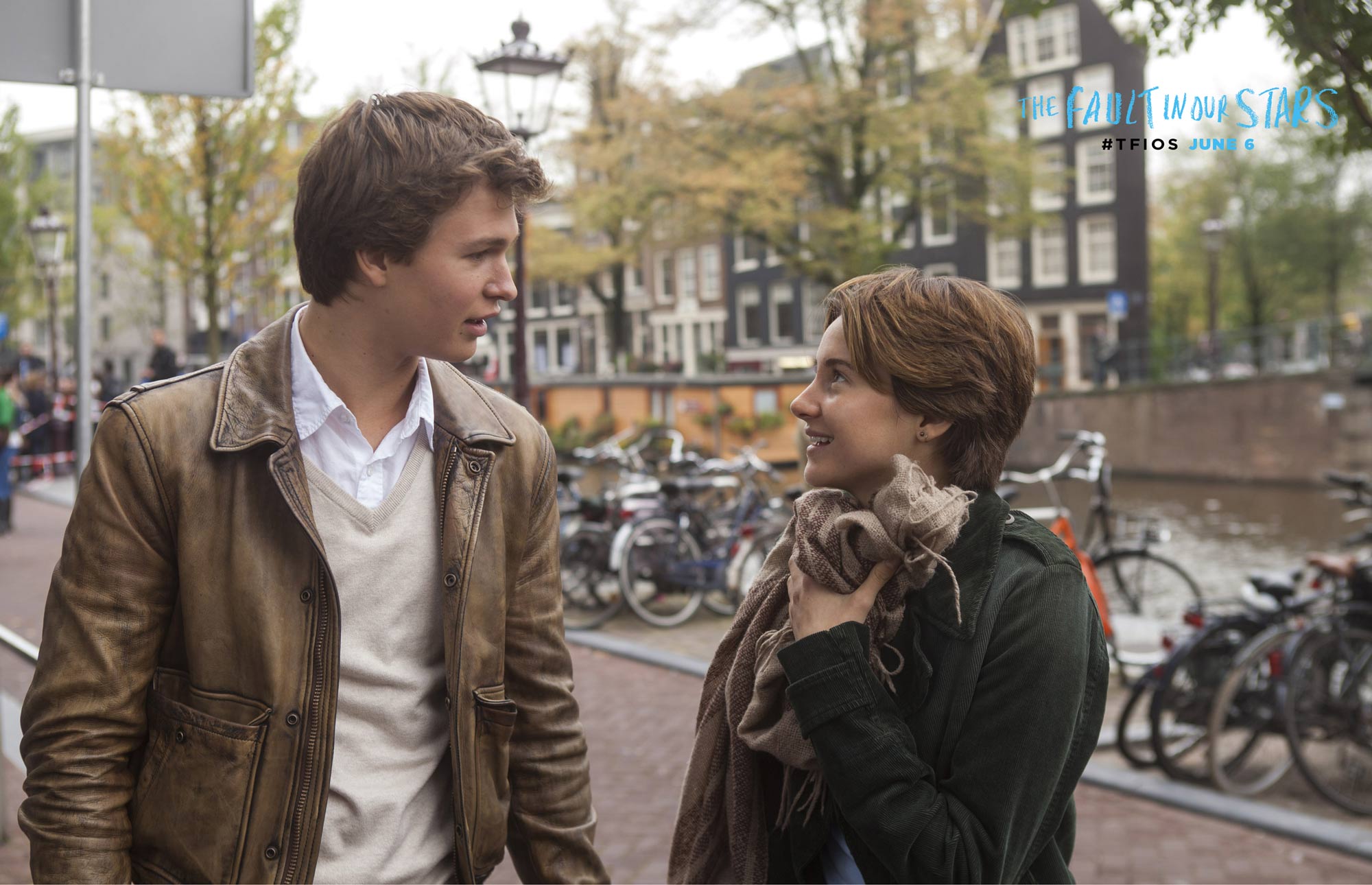
Should you watch this at weekday movie ticket prices? Sure.
Should you watch this at weekend movie ticket prices? If you like chick flicks and the actors.
Secret ending? No.
Running time: 131 minutes (~2 hours)
“The Fault in Our Stars” is a romantic film based on the novel, also titled “The Fault in Our Stars.” It depicts the love story of two teenage cancer patients, and their struggles as, well, cancer patients. It stars Shailene Woodley (Hazel Grace Lancaster), Ansel Elgort (Augustus Waters), Laura Dern (Frannie Lancaster), and Sam Trammel (Michael Lancaster).
As far as chick flicks go, this is a pretty good one. And yes, I cried at several points in the film. It manages to handle a tough subject (cancer) without seeming flippant or overly dramatic, while still portraying a poignant love story. And most importantly, the characters come away from the film having grown in some way.

What makes “The Fault in Our Stars” worth watching is:
Character development
When we first see Hazel Grace, she’s a fatalistic whiner. She’s completely wrapped up in herself and her own impending doom, and hardly has the capacity to care for anyone else. But over the course of the film, she learns to care about Augustus more than herself, and when their circumstances change, it’s Hazel Grace who must overcome her fatalism and be there for Augustus.
It’s a very organic, believable growth that comes to imbue the main character with a likeability that definitely isn’t present in the first half hour of the film.
The sincerity of the actors’ performances
Having watched both leads in “Divergent,” it’s pretty refreshing to see that they have a surprisingly wide range of acting. Both actors pull off their characters with a genuine eagerness, but this isn’t the result of raw, untested acting. Rather, it helps immerse you into the world of the movie, and this is what makes you tear when the story heads towards its tragic, but inevitable conclusion.
The twist in the tale
Plot-wise, the role reversal of both main characters affords Hazel Grace the room to grow, and this is what makes the story all the more touching in the end. The twist itself isn’t that unexpected, but it’s the lynchpin which drives the final portion of the movie, and creates the catharsis and resolution that makes this film so memorable.

“The Fault in Our Stars” suffers from a number of critical flaws in logic, however.
The sheer number of cancer patients in a small town
It is unbelievable that there can be so many cancer patients in such a small town. Firstly, there is an unbelievably large number of cancer patients of a similar age group living in close proximity. If we extrapolate this to the rest of the town, it would mean that every other person has cancer. As I watched the movie, I kept wondering what was wrong with this town? Why are there so many people with cancer here? Is there something radioactive in the food or water? Why don’t people just move away after the cancer rates skyrocket in this otherwise idyllic village?
The male characters have no flaws
As much as I’m supportive of my gender… really? All the male characters are perfect – they’re witty, kind, and even-tempered. Every male character is witty in some way. Even the supposedly “flawed” characters have such a heartbreaking reason for their flaws, that you don’t actually see them as faults – you see their negative traits as something far more admirable. It felt like a teenage girl’s world of idealised men.

All that being said, “The Fault in Our Stars” is a worthy chick flick to be watching, and I don’t say it lightly. It’s not going to get your adrenaline pumping, but it will wrench your heart. And ultimately, that’s why we watch movies right? To get our emotions aroused.
Leave a Reply